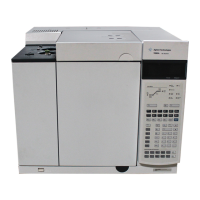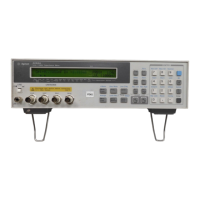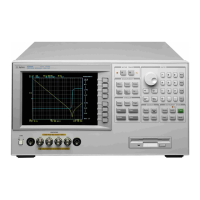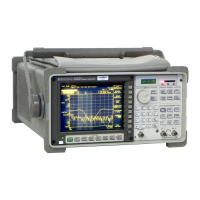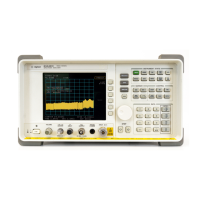Safety Practices and Hazards
Agilent 240/280 Series AA User’s Guide 17
To reduce the possibility of fire or explosion:
When initially selecting an organic solvent, choose a solvent
having the highest flash point consistent with your analytical
requirements.
Never use a solvent having a specific gravity lower than 0.75.
Never leave uncovered containers of flammable solvent standing
near the burner. When aspirating such solvents, always use a
covered container and feed the capillary tubing through a 2 mm
diameter hole in the cover. Always use the smallest volume of
solvent consistent with your analytical requirements.
Always use solvent-resistant tubing such as nitrile rubber for the
drainage system and the vapor vent. Lead the drainage tube to a
suitable wide-necked waste vessel (as described in the next
paragraph). The standard plastic laboratory tubing supplied with
your instrument is not suitable for draining organic solvents or
venting organic vapors. If organic or toxic solutions are being
used in the spray chamber, vent tubing must be connected to the
vapor vent on the liquid trap, run parallel to the drain tubing,
and led to an active exhaust system. Do not lead the vapor tubing
to the waste vessel. If you are not using toxic or hazardous
liquids in the spray chamber, leave the vapor vent uncovered.
Use small, wide-necked waste vessels and empty them
frequently—do not accumulate large volumes of flammable
solvent. Do not use glass waste vessels—use vessels made of a
material that will not shatter in the event of a flashback. Metal
vessels will corrode and it is difficult to determine the level of
liquid in them. Ensure that your waste vessel is below the
instrument and located in an open, well-ventilated position
where you can see it. Never locate the vessel in a confined space.
When your analytical program has been completed, or at the end
of the working day, always empty and rinse the waste vessel.
When your analytical program has been completed, or at the end
of the working day, always empty, clean and refill the liquid trap.
Do not mix nitric or perchloric acid residues with organic solvent
residues.
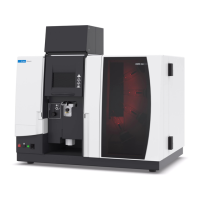
